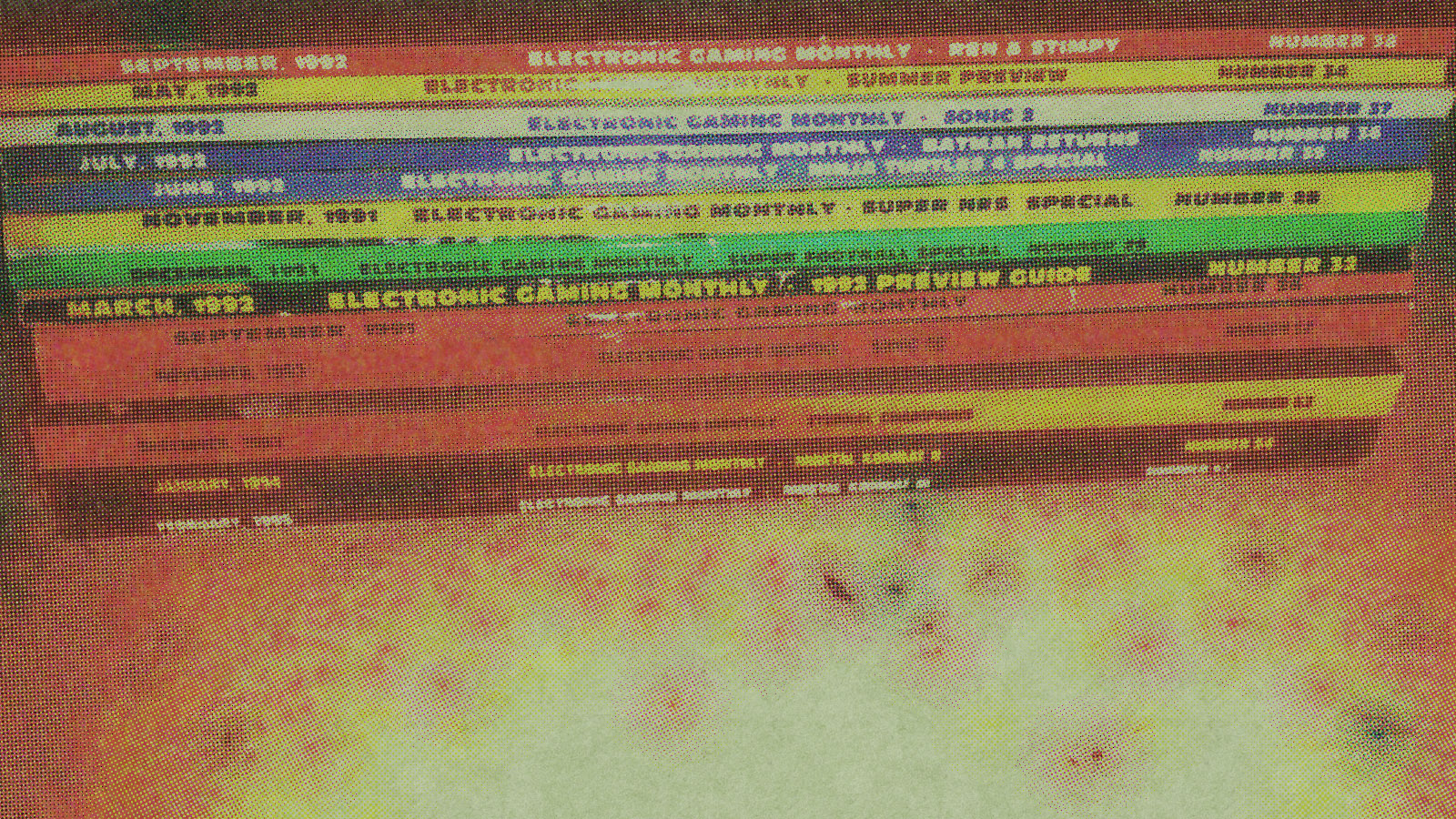
Meet the Original…
Zaxxon
Zaxxon may be the most popular arcade game in the country, but it isn’t the first time we’ve seen a miles-long alien fortress.
The alien entrenchments loom ahead, you dive your ship toward them. Blasting away, you destroy ships and missiles, performing an Immelmann to avoid return fire.

You could be playing Zaxxon or, on the home front, Intellivision’s Star Strike or Astrocade’s Star Battle.
Or you could be watching your videotape of the climatic assault on the Death Star from Star Wars.
Or you could be enjoying any number of science fiction tales which use awesome, rootless extraterrestrial bases as a prop.

One of the most famous of the pre-Zaxxon monolithic ships was the Battlestar Galactica, from the TV series of the same name. The Galactica itself is visible near one of the Cylon robots — whose Zaxxon counterpart is a considerably more formidable foe.
Unlike the theme of gorillas vs. women, surveyed in our last issue’s Meet the Original … Donkey Kong, the notion of interstellar or floating cities does not appear much before this century. Mythology offered the Greek Olympus, poised atop a cloud-piercing mountain, and the Norse Asgard, the city of the gods floating on Huergelmir, a celestial spring running from Niflheim, the land of mist.
In Jonathan Swift’s satiric 1726 masterpiece Gulliver’s Travels, our hero encounters the flying island of Laputa, on which a city has been raised. The isle is guided by its denizens, who block the sunlight from and hurl projectiles at earthbound villages until tribute is tendered.
The first bonafide city-fortress in space was put there in 1869 by Edward Everett Hale in The Brick Moon. The author/clergyman — best known for his classic The Man Without a Country — told of a city prematurely hurled into space, bearing the builders and their families nine thousand miles from the earth where they live ever after.
Cities have been situated on other worlds, a popular theme in turn-of-the-century science fiction novels. Readers found them rooted to the Moon in H.G. Wells’ First Men in the Moon and Edgar Rice Burroughs’ A Princess of Mars, among many other works. However, cities hovering or drifting through space really came into their own with the boom in science fiction prose precipitated by the appearance of Amazing Stories in 1926. The success of that magazine spawned countless other SF publications, most of which featured spacefaring cities at some time or other.
Most prominent were Edmond Hamilton’s Cities in the Air; James Blish’s epic Cities in Flight, in which antigravity devices known as “spindizzies” lift cities like New York into space — where, remarkably, the inhabitants look for employment among the stars; Clifford D. Simak’s Limiting Factor, about a giant metal world in space; Larry Niven’s novels about Ringworld, an awesome wheel-like settlement orbiting a distant sun; and Arthur C. Clarke’s Rendezvous with Rama, wherein a world-sized city pays us a visit from a distant solar system.
Comic strips and comic books have likewise featured space cities, the most famous of which is the sky-settlement of King Vultan in the comic strip and motion picture versions of Alex Raymond’s Flash Gordon.
With the success of our nation’s space shuttle, and with Russian activity in space moving toward permanent settlements, it is only a matter of time before there are Zaxxon-like fortresses in earth orbit and sailing starward. Let’s learn from the dire vision of Swift, Raymond, et al and work to ensure that the similarity between life and videogames ends there… !
Source Pages



